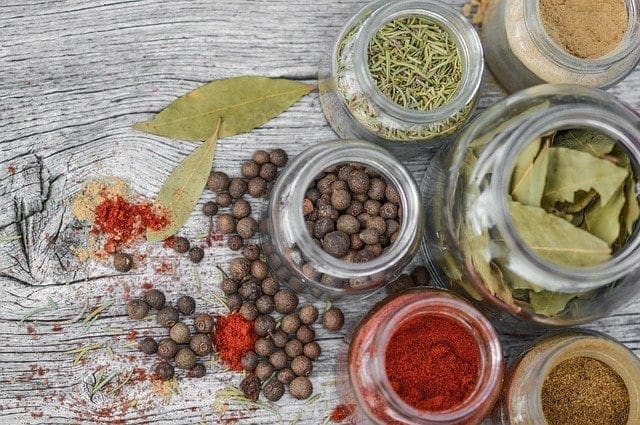Vinegar is a versatile ingredient to add to your food. That is if you know all the backroads when cooking. Vinegar can be difficult to use for some and easy for others.
It’s known that the acidic liquid can change tastes great but how can a person use it to give flavor instead of a burnt stomach?
You can easily add a bit of fermented juice to your beefy stews. Not only does vinegar tenderize meat whilst cooking but it also helps to digest any tougher foods. The taste of the vinegar gets balanced with the meat juice and adds a stronger taste that will never be forgotten.
Commonly, the acid is used to dress salads to give the lettuce leaves an extra tang. Not everyone enjoys the lone taste of fermented grapes though. To lighten it up a bit and make it less harsh on your stomach you can make it into softer dressings. By adding a bit of honey, mustard seeds, and mixing it all together you can make delicious honey and mustard salad dressing.
Each vinegar has a different taste and uses when it comes to cooking.
Balsamic vinegar can be added to steak during the cooking process to give the meat a beautiful tangy taste that doesn’t overpower the protein. You can also caramelize vegetables because the balsamic has a bit of a sweet taste. It makes for a great side dish if you have run out of ideas for food. Balsamic vinegar can also be used to add a bit more of a flavor in tomato-based pasta dishes. You won’t taste the acidity but there is definitely a delicious addition.
Red wine vinegar can be used in almost anything. Although it is strong, it’s still incredibly tasty. Add this to your stews to give the meal an enriching taste.
You can pickle food with white vinegar. It is pungent and kills any bacteria that dare to come near your relishes. It’s perfect for preserving most foods.
Apple cider is great for making Belgian style red cabbage. The sour taste becomes part of the bland cabbage. In the end, you have the most delicious side dish. It’s perfect for those cold winter months when nothing else can warm you up.
Make use of all the ingredients you have in your pantries. Cooking oil, vinegar, rice, sugar, and salt are all useful ingredients to keep at hand. Each of these ingredients could also be used in desserts. They are the best and most versatile cooking elements to own.

